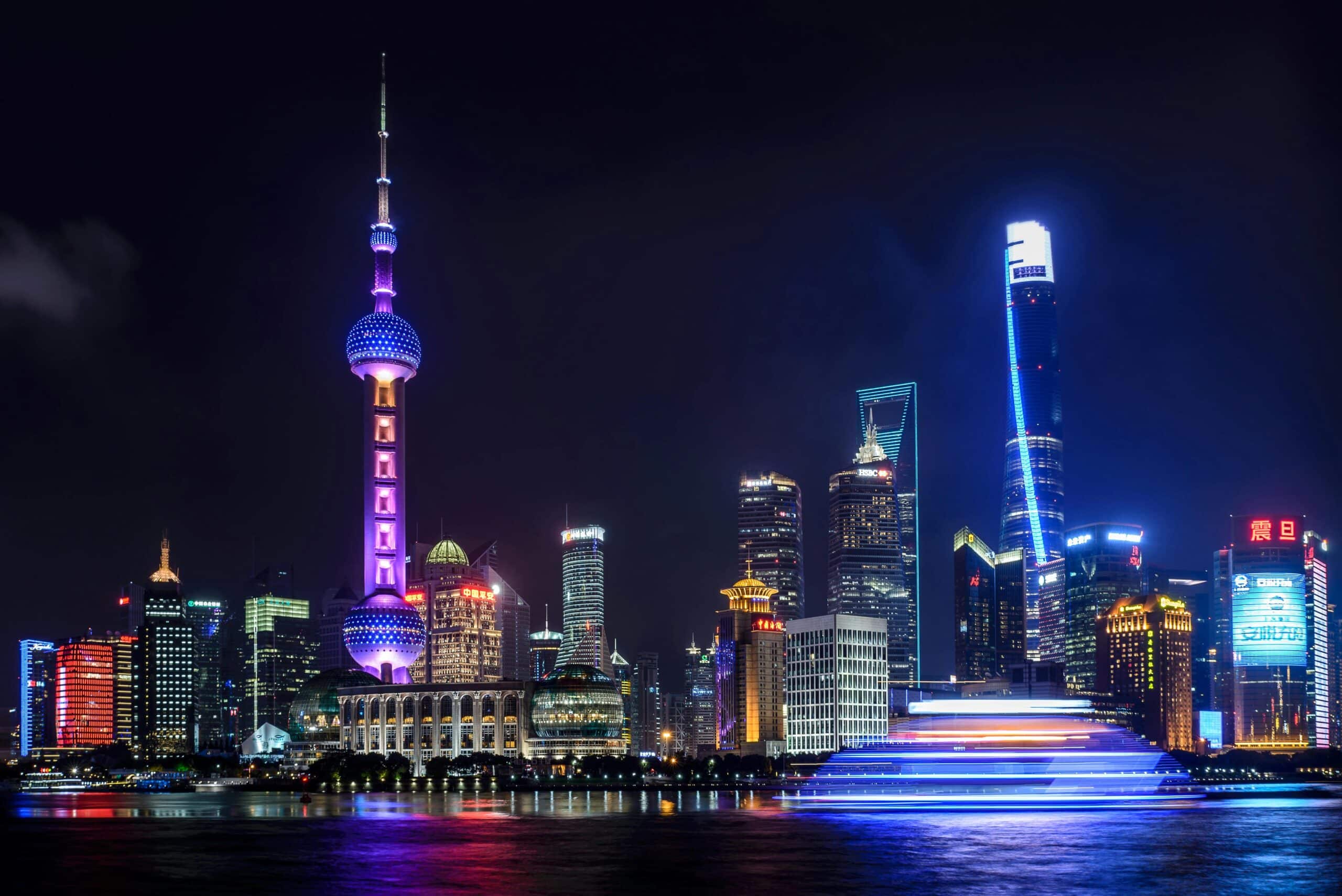The global supply chain landscape is experiencing significant transformations in 2024, driven by geopolitical shifts, economic policies, and emerging market dynamics. As the world’s largest manufacturing base, the Role of China in the Global Supply Chain is crucial for investors, businesses, and policymakers to understand. This article explores China’s evolving position, the challenges it faces, and the strategies being adopted to navigate these changes.
Nearshoring, Friendshoring, Reshoring, and China-Plus Strategies
A notable shift in global manufacturing and supply chains is the increasing adoption of nearshoring, friendshoring, reshoring, and China-plus strategies. These strategies, driven by geopolitical uncertainties, macroeconomic changes, and disruptions from the COVID-19 pandemic, are prompting companies to move away from just-in-time logistics and lean inventories.
Nearshoring and Friendshoring
Nearshoring involves relocating manufacturing processes closer to the end markets, reducing transportation costs and improving supply chain responsiveness. Friendshoring emphasizes moving production to countries with friendly political relations to mitigate risks associated with geopolitical tensions. These strategies are reshaping the global supply chain dynamics, with companies seeking to balance efficiency with resilience.
Reshoring
Reshoring refers to bringing manufacturing back to a company’s home country. This trend is gaining traction in response to supply chain vulnerabilities exposed during the pandemic. By reshoring, companies aim to reduce dependency on distant suppliers and enhance control over production processes.
China-Plus Strategy
The China-plus strategy involves diversifying manufacturing bases beyond China to reduce over-reliance on a single country. This approach is crucial for mitigating risks associated with geopolitical tensions and trade disruptions. Companies are exploring alternative manufacturing hubs in Southeast Asia, India, and Latin America.
China’s Strategic Development and Competitiveness
China’s strategic development agenda and its wealth of natural resources have enabled the country to become a global manufacturing leader. The country’s competitiveness is built on several factors:
Research and Development (R&D)
China’s historical supply chain advantage is no longer solely based on labor costs but also on its robust manufacturing ecosystem. Significant investments in research and development (R&D) have propelled China to the forefront of technological innovation. In 2021, China’s total R&D spending reached USD 660 billion, second only to the United States.
Technological Advancements
Recent spending has been concentrated in technology-driven manufacturing sectors such as computers, communications, electronic equipment, machinery, automobiles, and raw-chemical materials. This focus on R&D has made China a mainstay in various high-tech industries, making it challenging for companies to move supply chains out of China in the short term.
Infrastructure and Talent Development
China’s R&D investments have extended to developing critical infrastructure, including telecommunications networks, data centers, industrial parks, and logistics networks. The country has also focused on talent development, installing more industrial robots than the rest of the world combined by 2021. This infrastructure and talent pool support efficient and cost-effective production processes, reinforcing China’s position as a global manufacturing hub.
Global Supply Chain Dependencies and Resilience
China’s role in the global supply chain is underscored by its control over critical raw materials essential for various industries, including clean energy, advanced electronics, and healthcare. These industries have limited flexibility to reconfigure their supply chains outside China, highlighting the country’s importance.
Industries Dependent on China
As of September 2023, 27 Global Industry Classification Standard (GICS) industries in China derived more than 10% of their revenues through exports, accounting for a 27.5% weight in the MSCI China Index. Industries such as technology hardware, electronic equipment, automobile components, and machinery are heavily dependent on China’s supply of critical raw materials.
Impact on Global Investors
China’s continued importance in the global supply chain presents both opportunities and risks for global investors. Industries and investment themes highly dependent on China may face increased exposure to geopolitical risks and the challenges of diversifying supply chains. Understanding China’s evolving role and potential supply chain shifts is crucial for making informed investment decisions.
China’s Manufacturing and Trade Policies
China’s manufacturing capabilities and trade policies significantly impact the global supply chain. The country has developed key infrastructure to support its manufacturing ecosystem, including telecommunications, data centers, industrial parks, and logistics networks.
Belt and Road Initiative (BRI)
The Belt and Road Initiative (BRI) aims to enhance connectivity between China and other regions through infrastructure development, trade, and investment. This initiative is expected to reduce China’s dependence on traditional supply chains and create new opportunities for global trade.
Trade Policies and Economic Impact
China’s trade policies play a crucial role in shaping global supply chain dynamics. The country’s strategic focus on high-value manufacturing and innovation has positioned it as a critical player in various industries. However, trade tensions, such as the US-China trade war, have highlighted the vulnerabilities of global supply chains heavily reliant on China.
Supply Chain Challenges in 2024
Despite its strengths, China faces several supply chain challenges in 2024:
Geopolitical Tensions
Geopolitical tensions, particularly between the US and China, have created uncertainties in global supply chains. Trade disputes and tariffs have disrupted supply chains, leading companies to seek alternative manufacturing hubs.
COVID-19 Pandemic
The COVID-19 pandemic exposed the vulnerabilities of global supply chains, prompting companies to reassess their reliance on China. Disruptions caused by lockdowns, transportation bottlenecks, and labor shortages have highlighted the need for more resilient supply chain strategies.
Rising Labor Costs
China’s rising labor costs have prompted companies to explore alternative manufacturing locations. Countries like Vietnam, India, and Mexico are emerging as attractive alternatives due to their lower labor costs and growing manufacturing capabilities.
Environmental and Sustainability Concerns
Environmental sustainability is becoming increasingly important in supply chain management. China’s industrial growth has raised concerns about environmental degradation and carbon emissions. Companies are under pressure to adopt sustainable practices and reduce their environmental footprint.
Supply Chain Strategies for the Future
To address these challenges and enhance supply chain resilience, companies are adopting various strategies:
Diversification
Diversifying supply chains by establishing manufacturing bases in multiple countries reduces dependency on a single location and mitigates risks associated with geopolitical tensions and trade disruptions.
Digital Transformation
Investing in digital technologies such as artificial intelligence, blockchain, and data analytics enhances supply chain visibility, efficiency, and resilience. These technologies enable companies to monitor and respond to disruptions in real time.
Sustainable Practices
Adopting sustainable practices, such as reducing carbon emissions, optimizing resource usage, and promoting circular economy principles, aligns supply chains with environmental and social responsibility goals.
Collaboration and Partnerships
Collaborating with suppliers, industry partners, and governments enhances supply chain resilience and innovation. Partnerships can facilitate knowledge sharing, resource pooling, and joint problem-solving.
Key Supply Chain Metrics
| Metric | China | United States | European Union |
|---|---|---|---|
| R&D Spending (USD Billion, 2021) | 660 | 700 | 450 |
| Industrial Robot Installations | >50% Global | 30% Global | 15% Global |
| Manufacturing Export Share (%) | 30 | 15 | 25 |
| Critical Raw Material Dependency | High | Moderate | Moderate |
| Labor Cost (USD/Hour) | 6.5 | 22 | 25 |
| Trade Balance (USD Billion, 2023) | 419 Deficit | 650 Surplus | 400 Surplus |
China’s role in the global supply chain is pivotal, with its strategic development, technological advancements, and manufacturing capabilities positioning it as a global leader. However, the challenges of geopolitical tensions, rising labor costs, and sustainability concerns necessitate the adoption of diversified, resilient, and sustainable supply chain strategies.
As companies navigate the complexities of the global supply chain landscape in 2024, understanding China’s evolving role and the potential implications for trade and investment is crucial. By leveraging digital transformation, sustainable practices, and strategic partnerships, companies can build resilient supply chains that withstand disruptions and drive long-term success.



